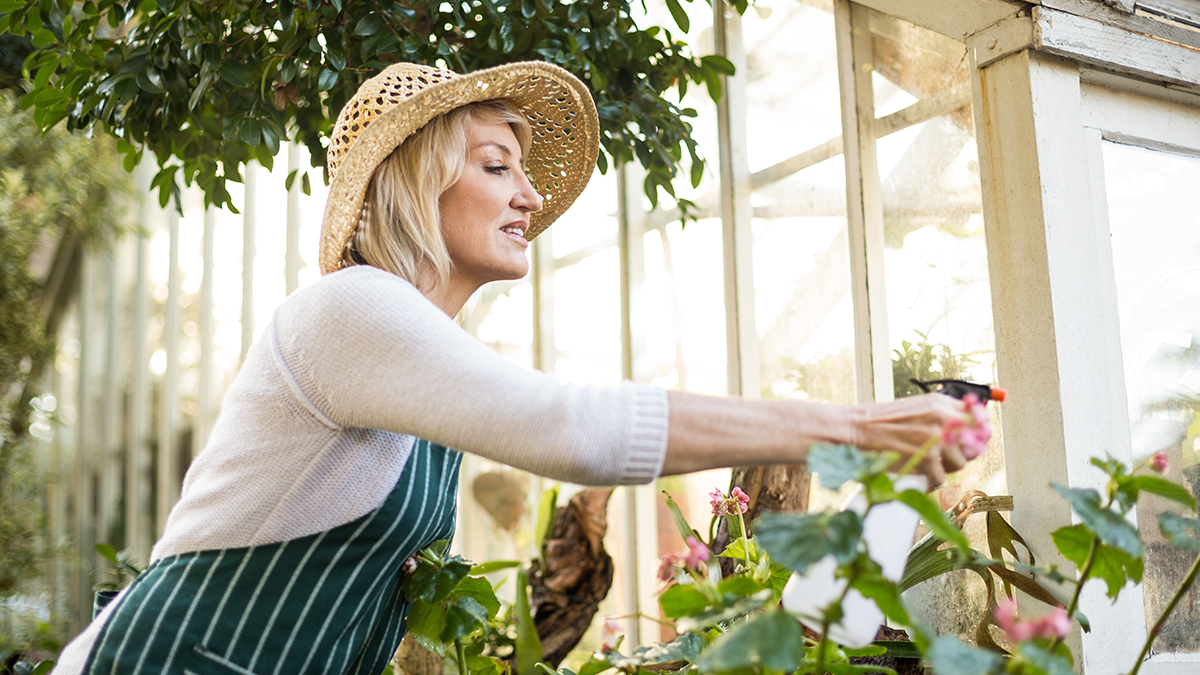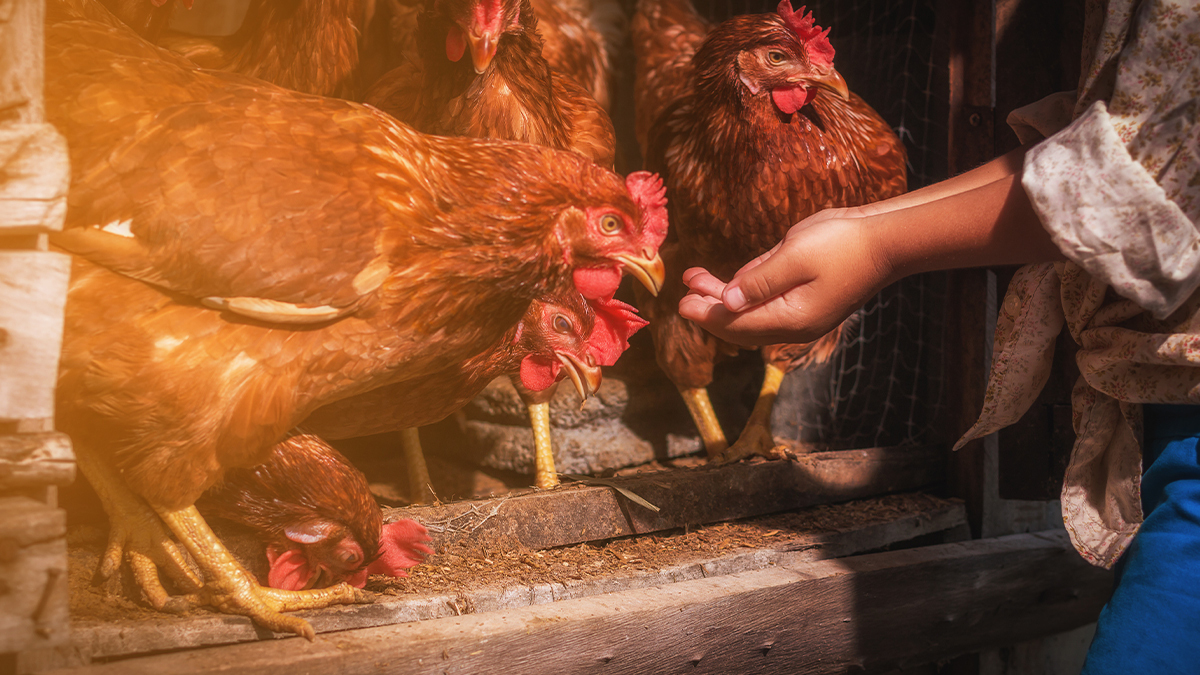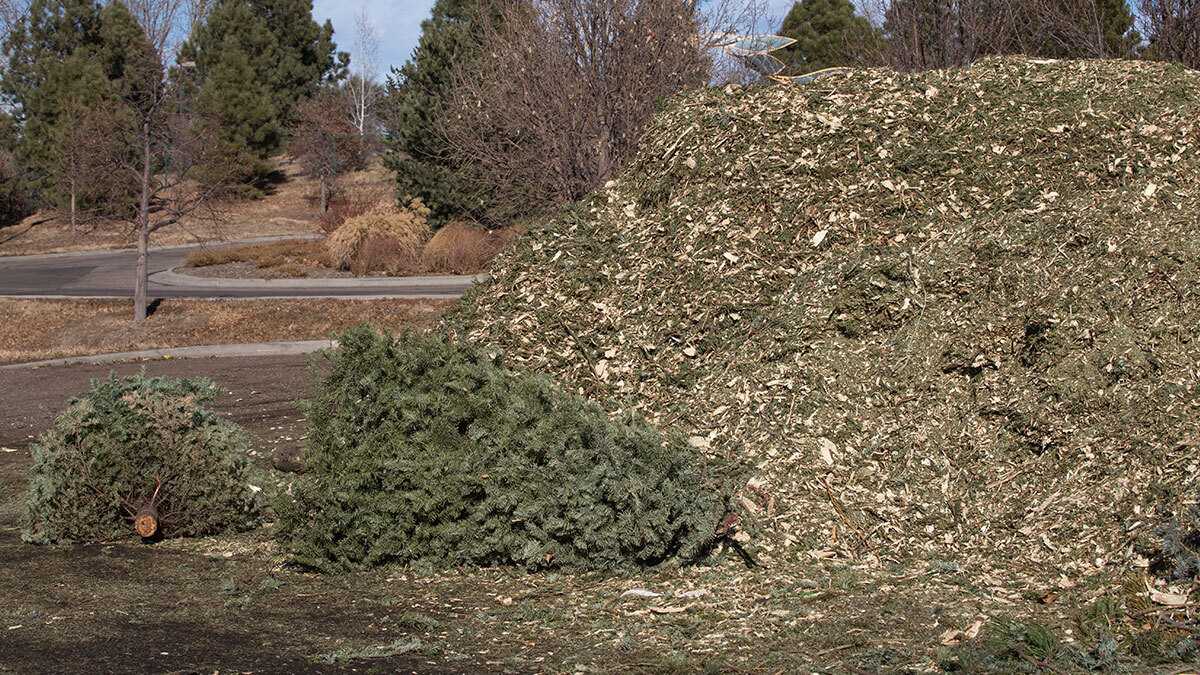on
Chemical pesticides often do more damage than they help by killing off beneficial insects our gardens need, such as bees. This is why so many homesteaders seek organic pest control options.
If this sounds like you, you’ve come to the right place.
We’ve rounded up more than 20 natural remedies (aka organic pest control) to help your garden stay pest-free.
1. Coffee Grounds
Pests don’t like the smell of coffee grounds. Sprinkle it around your garden or in spots near your home where you suspect pests are finding their way in.
2. Banana Peels
If your garden is being overrun by aphids, place a banana peel in the soil near the stems of garden plants.
In addition to keeping the pests away, the banana peels will add nutrients to the soil.
3. Cornmeal
Have an ant problem? Say goodbye to ant beds with cornmeal.
Drawn to the taste of cornmeal, ants will come and get it and take it back to their colony. They can’t digest cornmeal, and will die.
4. Fresh Herbs
Many herbs work wonders as organic pest control. For example, use rosemary or sage to deter mosquitoes.
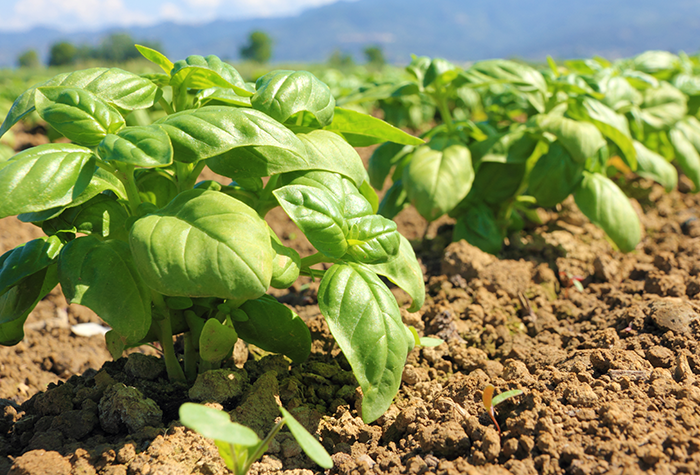
5. Basil
If you have problems with flies near your plants, plant some basil nearby. Sweet basil is a fantastic deterrent for flies.
6. Beer
Many pests are drawn to the scent and taste of beer.
Simply pour a little beer into a shallow can (such as a pie dish or tuna can) and place the can in the garden soil.
As long as you don’t pour too much beer, the pests will find their way inside the can and be unable to make their way back out.
7. Large Pieces of Fruit
Another organic pest control method is tricking the pests, such as pill bugs, with what they want, such as large pieces of fruit.
Place a large piece of fruit, such as a melon, with the fruit side touching the soil.
Pests will flock to the fruit instead of your plants.
8. Wood Traps
If you are having an issue with beetles or squash bugs, you can trick these pests with wood instead of fruit.
Dampen a piece of wood and place it on top of the soil.
The next morning, pull up the wood and get rid of the pests.
Make sure you also dig an inch or two of the soil around where you placed the wood to get rid of the rest of the pests that have made their way to the wood.
9. Crushed Egg Shells
Make it harder for snails and slugs to get into your garden by scattering crushed eggshells around your flower beds and around the base of plants.
10. Beneficial Bugs
When you think of organic pest control, don’t forget about beneficial bugs.
Many insects are beneficial, such as ground beetles.
These insects that help your garden are nocturnal and hunt pests like slugs, caterpillars, Colorado potato beetles, snails, and cutworms.
Here’s how to attract them to your garden.
- Plant raised garden beds with perennials and grasses. Keep it mulched.
- They are attracted to Evening Primrose, Amaranthus, and Clover.
- Provide space with rocks or logs for the ground beetles to hide under. They tend to live in rotting logs, so look for a log and place it in your garden.
[Related Read: Don’t Kill That Bug! Here Are 10 Insects That Help Your Garden Grow.]
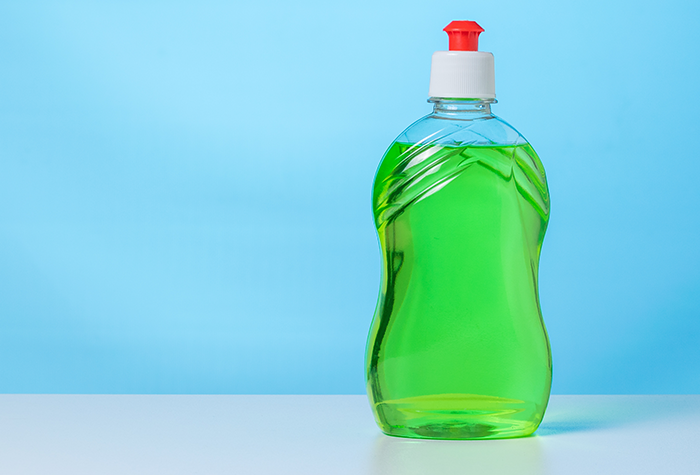
11. DIY Soap Spray
One of the most common organic pest control methods is making your own soap spray.
A DIY soap spray works well to kill soft-bellied insects.
Here’s a simple DIY Soap Spray recipe.
- Combine 1 tbsp of liquid soap (preferably castile soap) per 1 qt of water.
- Use warm water and mix it up.
- Spray it directly on pests.
- Reapply every 4 to 7 days in the evening.
12. DIY Pest Control Garden Spray
Some homesteaders like to combine multiple organic pest control methods to create one mega pest control spray.
Here is a recipe for 1 gallon of Organic Pest Control Garden Spray from The Prairie Homestead.
Ingredients
- 1 medium onion
- 4 cloves garlic
- 2 cups mint leaves OR 20 drops peppermint essential oil
- 2 tablespoons cayenne pepper
- 2 tablespoons liquid castile soap (or biodegradable liquid dish soap)
- Water
Directions
- Place the onion, garlic, peppermint, and cayenne in a blender, and pulverize it.
- Allow the mixture to soak for a couple of hours (optional, but do it if you can), then strain with a fine mesh strainer.
- Add the onion/garlic mixture to a one-gallon container (an old milk jug or vinegar jug will work), add the soap, and enough water to make one gallon.
- Pour into a spray bottle and spritz on any plants being attacked by bugs.
- Spray 1-2 times per week, or after heavy rain.
13. Neem Oil
This plant-based oil comes from the seeds of a neem tree.
According to Oregon State University, “Neem oil is made of many components, including Omega 3, 6, and 9 Fatty Acids. Azadirachtin is the most active component as a pesticide. It reduces insects ability to feed, and acts as a general insect repellent. It also interferes with insect hormone systems, making it harder for insects to grow and lay eggs.”
14. Chili or Cayenne Pepper
Exposing insects to chili or cayenne pepper is a quick and easy method of organic pest control.
Simply sprinkle the powder where you have noticed pests or add some to water to make a spray.
Note – This is also effective against larger pests, such as possums and raccoons.
15. Essential Oils
Adding certain essential oils, such as peppermint, to your organic pest control sprays will make them even more effective.
Add 10-20 drops of essential oil to a gallon of water for natural pest control.
16. Baking Soda Spray
Baking soda sprays are great for gardens. Not only do they work as organic pest control, but they also help battle fungal diseases.
Here is a basic recipe for baking soda spray from Epic Gardening.
Ingredients
- 1 teaspoon of baking soda
- 1/3 cup of olive oil or cooking oil
- 1 cup of water
Directions
- Mix all ingredients and put them in a spray bottle.
- Shake thoroughly.
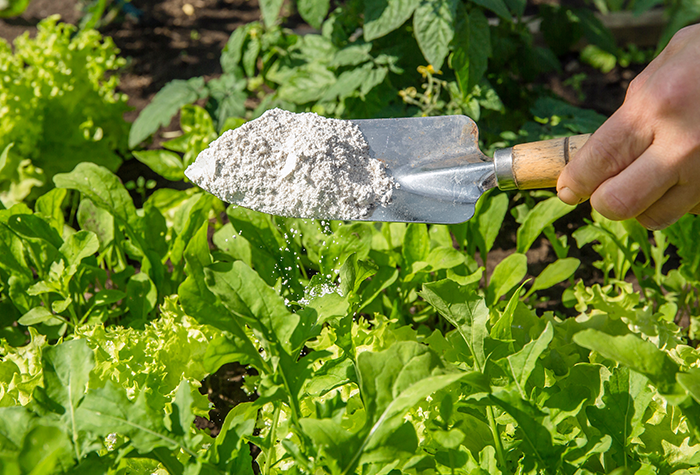
17. Diatomaceous Earth
Diatomaceous earth is “fossilized remains of tiny aquatic phytoplankton called diatoms.” This fine white powder is used in many products, including organic pest control products.
It works by drying out pests (eventually killing them).
Simply sprinkle some Diatomaceous earth to dry areas in your garden. You can also dust it directly on plants.
You will need to redo this after it rains.
18. Kaolin Clay
Like diatomaceous earth, kaolin clay works as an effective organic pest control product.
The clay causes insects to dehydrate and die.
Apply it directly to dry plants using a duster.
19. Citrus Peels
Keep spiders away from your garden or plants by putting citrus peels nearby.
20. Fake Nests
If you are struggling with wasps, trick them by placing a fake wasp nest within 20 yards of their nest.
It acts as a deterrent because wasps are territorial and won’t build a nest near another.
21. Companion Planting
Companion planting refers to planting plants that work together. These plants partner together to yield better results than they would if they were paired with other plants.
Companion planting also provides natural pest control.
One common example of companion plants is tomato and basil. Basil repels the bugs that tend to love tomatoes. In contrast, you want to keep tomatoes away from potatoes because they can share diseases and pests.
[Related Read: Garden Building: Sun Mapping and Companion Plants]
22. Manually Handpick
For the most natural pest control, remove the pests yourself.
Put on your garden gloves and manually remove pests from your garden. You can either squish them or put them in a bucket filled with soapy water.
You can also use a hard spray of water to physically remove pests.
Get access to premium content and more!
Composting Made Easy: Tips for the Homestead



